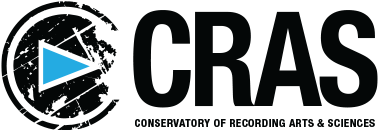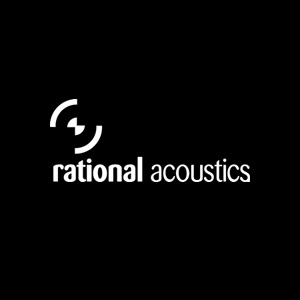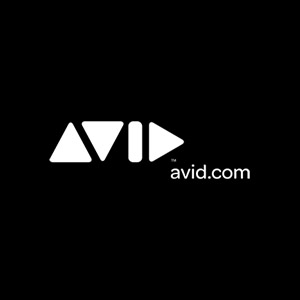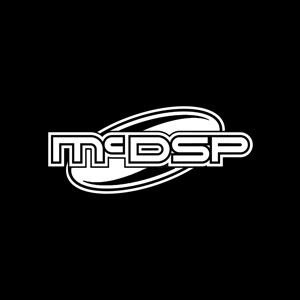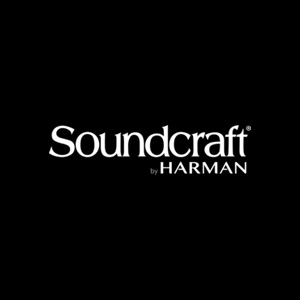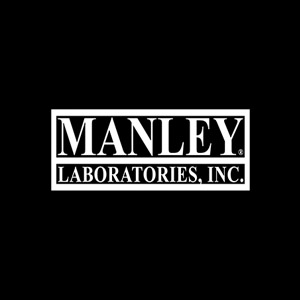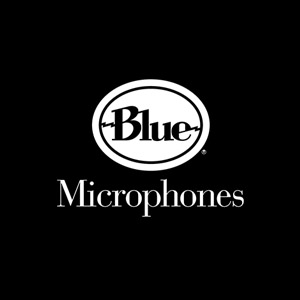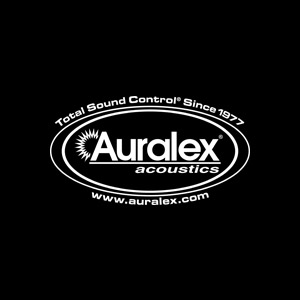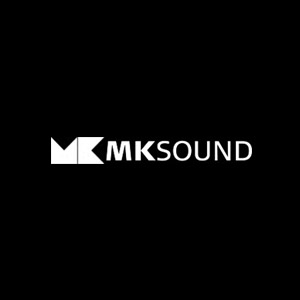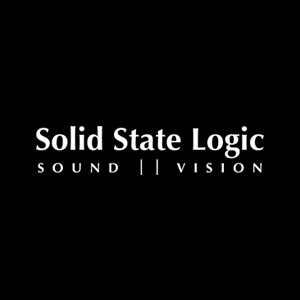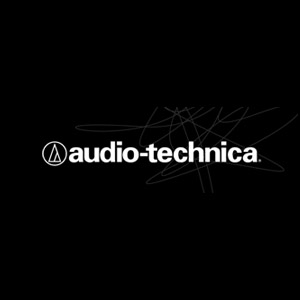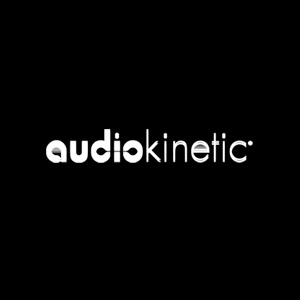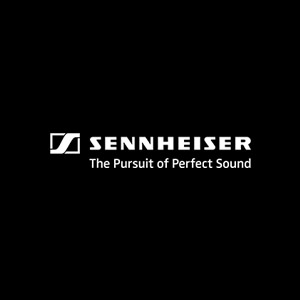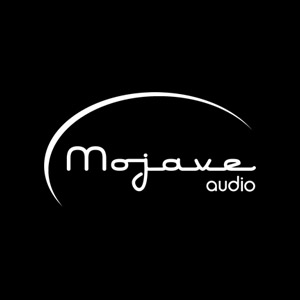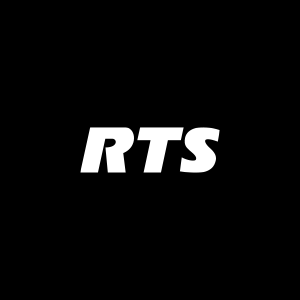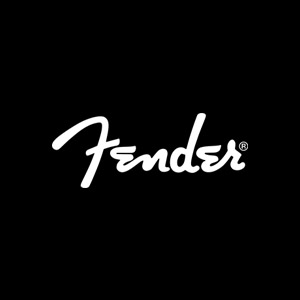How to Break into the Music Production Industry
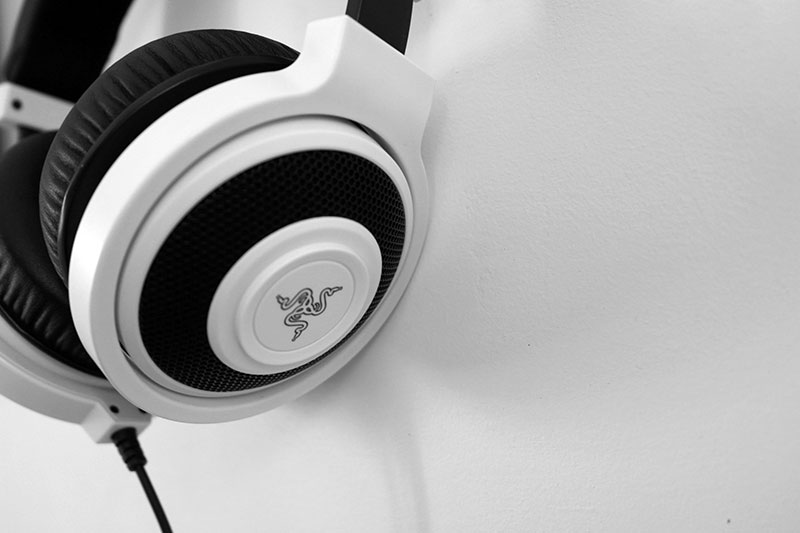
From Cardi B to the Foo Fighters, to Jay Z to Justin Timberlake, listeners, like YOU, around the world spend many hours focusing on every sound, every nuance of their recordings. These recordings have a certain magic to them that is hard to describe, and some people spend their lives trying to find that “magic” on producing their own recordings. Some people invest their money into audio gear that they see in magazines or in online tutorials, and still have the hardest time finding that “magic.” See, the truth is… it takes more than gear to make your productions take on the same kind of “magic”as those records that have inspired YOU to hone your craft.
While the Music Industry seems to be the most visually enticing aspect (see what I did there?) of this world, the same science that it takes to record a vocal or create a beat is the SAME SCIENCE that it takes to make sound effects for Video Games, or Broadcast the Indy 500, or run sound for Bruno Mars’ concerts, to adding dialog to a Movie scene.
First, there has to be a source sound, so let’s consider that one friend we all have… you know, the one with the great singing voice… the one you want to record against that song you wrote on your acoustic guitar, or the one you want to record the vocal hook on that crazy beat you made in that freeware. Now that you have the “sound,” you have to capture it, and allow yourself the opportunity of altering it as many ways as your imagination will allow. There has to be a microphone to capture natural/acoustic sounds. The problem with that is the following question: Which microphone is best? Great question… unfortunately, there are tons of variable that lead to a particular answer, like: what mics do you have access to, what is the frequency response of the microphone, what is its’ polar pattern? For the moment, let’s settle on the the microphone you’ve got. (Remember, some of the “greatest” recordings of all time where made with “gear” that was, in many cases, inferior to even some of the lowest priced components of today!)
Now that microphone has to make its way through some science, like a Preamplifier, to bring the tiniest voltage that the microphone spits out up to a usable level for the rest of the gear, as it heads to your recording device. Once the level of the microphone is “usable,” it’s time to route it through your software, or hardware, and commit it to some kind of recording medium. In today’s world, many utilize their DAW as their “all in one” device as their mixer/recorder, but, trust me, there is still a time and a place for the monstrous consoles and tape recorders that you see in music videos!
Now that you’ve recorded that vocal, you must be “hearing” other things in that wild musical imagination of yours, so you keep the process going, recording sounds/instruments that you believe will satisfy the end result that you’re already hearing in your head. Once you capture those sounds, like you did that vocal, you’ll amass a bunch of “tracks” that need to be musically balanced. This process is called Mixing.
As you’re mixing these tracks, you might find that you need to alter these sounds so that they “fit” together, by way of EQ’ing, or Compressing, or Gating the sounds, so that you make them work well together, and minimize the competition of these sounds trying to gain the attention of the listener’s ear, as many sounds share common attributes.
Beyond the altering of the signal’s frequency makeup, or dynamic range, it’s time to HAVE FUN! This is where you start to explore the exciting world of EFFECTS! A splash of Reverb on the Vocals, and little Echo on the guitars, maybe a little backwards sounding effect on the drums. With today’s technological advancements, there are SO MANY plug-ins to choose from on your DAW that full days can pass and you still will only skim the surface of their capabilities!
This is where the problem exists. If you are only working on your project, at your speed, then you have control as to when you decide to finish this production. When you’re working with top-tier Artists, though… well, that’s a different story. They are expecting an incredible result as fast as they can spill out their music, so their production crew has to be at the ready and have the kind of experience and knowledge to be able to keep up with their musical demands.
Where would one learn all of this? Where could one gain experience in working at the top-tier of the Audio Industry? How does one take in all of the softwares/hardwares that the Industry uses on the daily, with proficiency? How does one learn to apply all of this knowledge to every facet of the Audio Industry? Great questions! SCHOOL!
This industry demands technological expertise from those that end up on working at the top level. Anymore, YOU really have to LEARN into this industry. The Conservatory of Recording Arts and Sciences (CRAS) is an Audio Engineering Program in the United States, and for over 30 years has become the Gold Standard in preparing people just like YOU for the greatest heights in this industry. With their hands-on approach in 13 World Class Studios, their Award Winning Instructors, and a slew of Industry Recognized Certifications, CRAS has propelled the careers of countless people just like you that once only considered working in this field a “dream.”
Start living that DREAM and contact CRAS immediately at cras.edu or at (800)562-6383. We have Admissions Representative ready to help you go from where you are to WHERE YOU NEED TO BE! BE CRAS!
